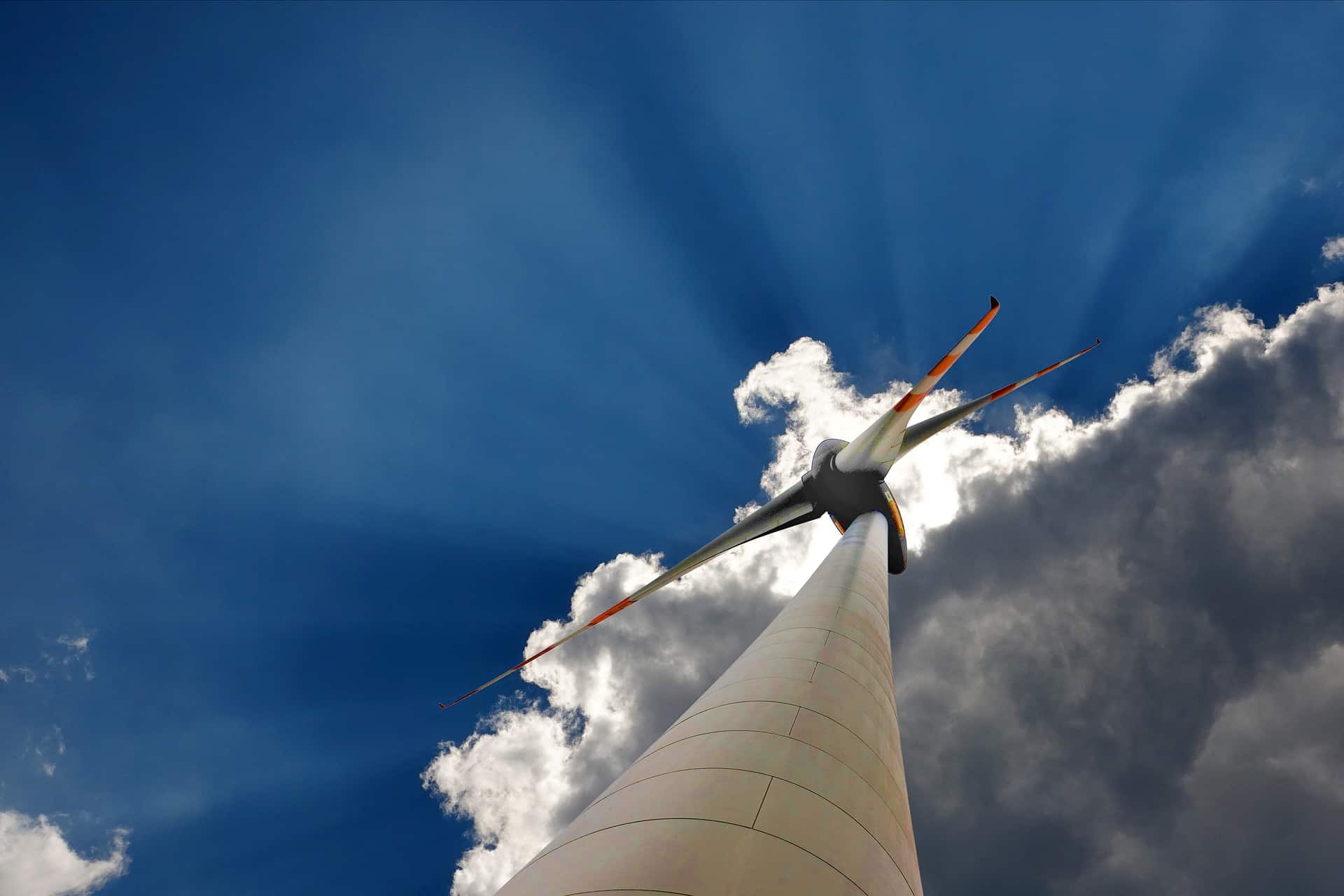Development of wind energy: a solid impact on economic growth is expected
The decisions taken this year to develop all the necessary electricity only from renewable energy means a key turn in the Lithuanian energy sector. After adopting the National Energy Independence Strategy, we joined the club of countries that is aiming to produce 100 percent of the electricity needed from renewable sources. As more than 50 percent of electricity is expected to be generated in wind parks, not only wind energy seoctor will continue to grow,but it will also have a significant impact on the entire national economy.
Ten times more electricity from wind
The wind energy sector in Lithuania began to develop in 2004, and it has now attracted nearly 1 billion euros in investments. There are 23 wind parks currently operating, which, together with small producers, generated 1,357 TWh of electricity in 2017 – more than a third of the electricity generated in the country and more than a tenth of the final consumption.
The strategy foresees that, in 2030, wind energy will produce more than 30 percent of Lithuania’s electricity demand, i.e. three times more than produced now. By the year 2050, both onshore and offshore wind should generate almost ten times more electricity than they generate today.
Having set such ambitious goals, Lithuania has joined the club of countries that is intending to completely abandon energy produced from fossil fuels. This group already includes countries such as Denmark, Germany, Spain, the Netherlands, Sweden, Portugal and Ireland.
Benefits not only for the environment, but also for the economy
The total installed capacity of wind parks operating in Lithuania is 480 MW. Together with small developers, total capacity is 540 MW. This reduces natural gas imports of about 275 million cubic metres and “saves” about 0.7 megatons of carbon dioxide per year. By 2030, with more that two-fold increase in the installed wind energy capacity, these numbers will increase accordingly. Wind power is estimated to be around 50 times less CO2 polluting than the production of energy from natural gas, and about 100 times less than coal.
“The above-mentioned goals mean not only cleaner electricity, but also more benefits to the national economy. During the development of one wind park, up to 30 different companies that specialise in different fields unite their forces in the project: wind energy project developers, turbine and component manufacturers, and various other service providers. Electrical equipment installations, heavy equipment, metal, construction, engineering services, plastics industry and other companies are involved,” says Aistis Radavičius, CEO of the Lithuanian Wind Power Association.
According to EurObserv’ER, in 2015, the turnover of the wind energy sector in Lithuania reached 100 million euros. It is expected that, by the 2030s, this figure should grow significantly. At that time, the sector should already have attracted up to 2 billion euros in investments.
At the same time, this means a growth in number of jobs in rural areas more distant from the capital Vilnius. In 2015, 2.6 thousand specialists were working in the Lithuanian wind energy sector who were responsible for supervising and operating the wind turbines, specialising in the production and sales of the necessary devices, and working with investment decisions. In 2030, this figure should reach at least 4 thousand.
Contribution to the European GDP – 36 billion euros
In the European Union, more than 260,000 workers are employed in the wind energy sector. This calculation was provided by the consulting company Deloitte in the study conducted by Wind Europe. Wind energy generated 0.26 percent, or 36 billion euros, of the GDP of the whole European Union in 2016. According to this indicator, wind power is surpassed only by the construction industry, the automotive, plastic and rubber, chemical and metal industries.
It is predicted that, by the middle of the next decade, wind will become the main source of electricity in Europe. 2016 was the year when the volumes of electricity being generated from wind have outpaced that of coal, and are currently only lower than that of natural gas.
Post a comment
You must be logged in to post a comment.


